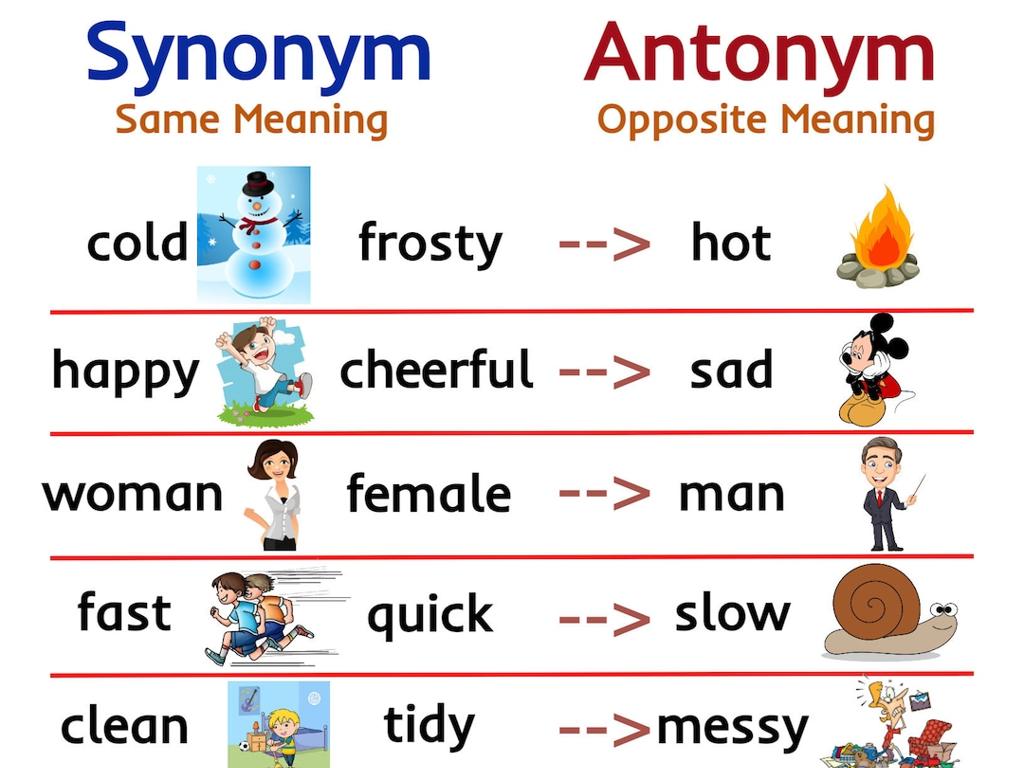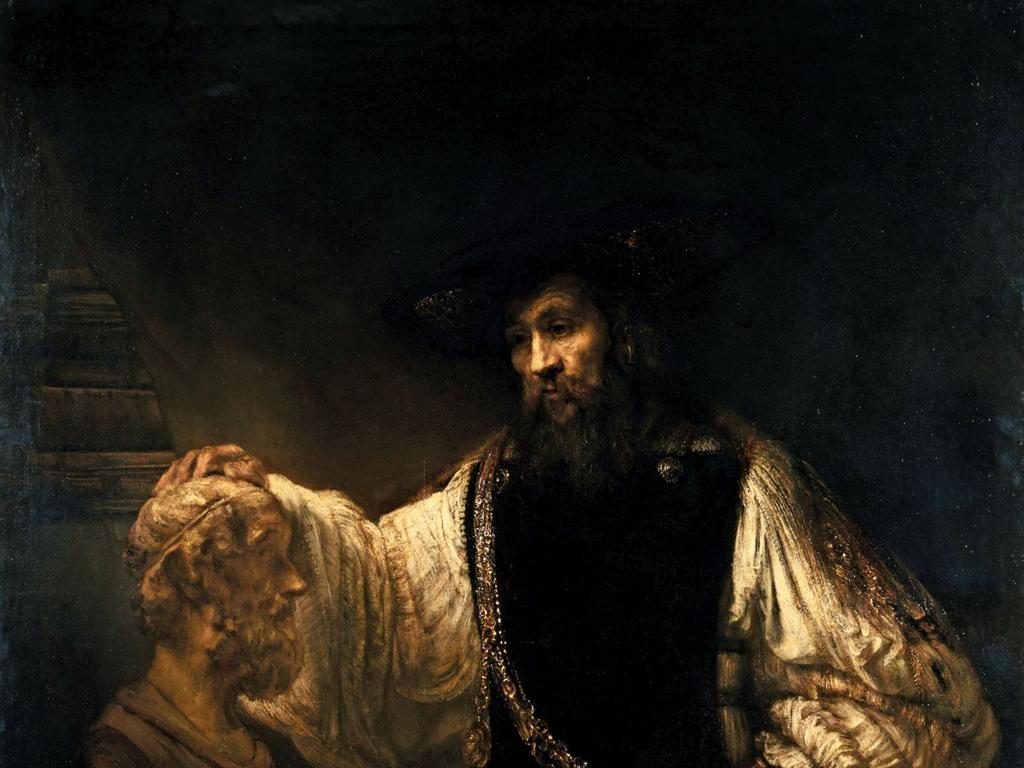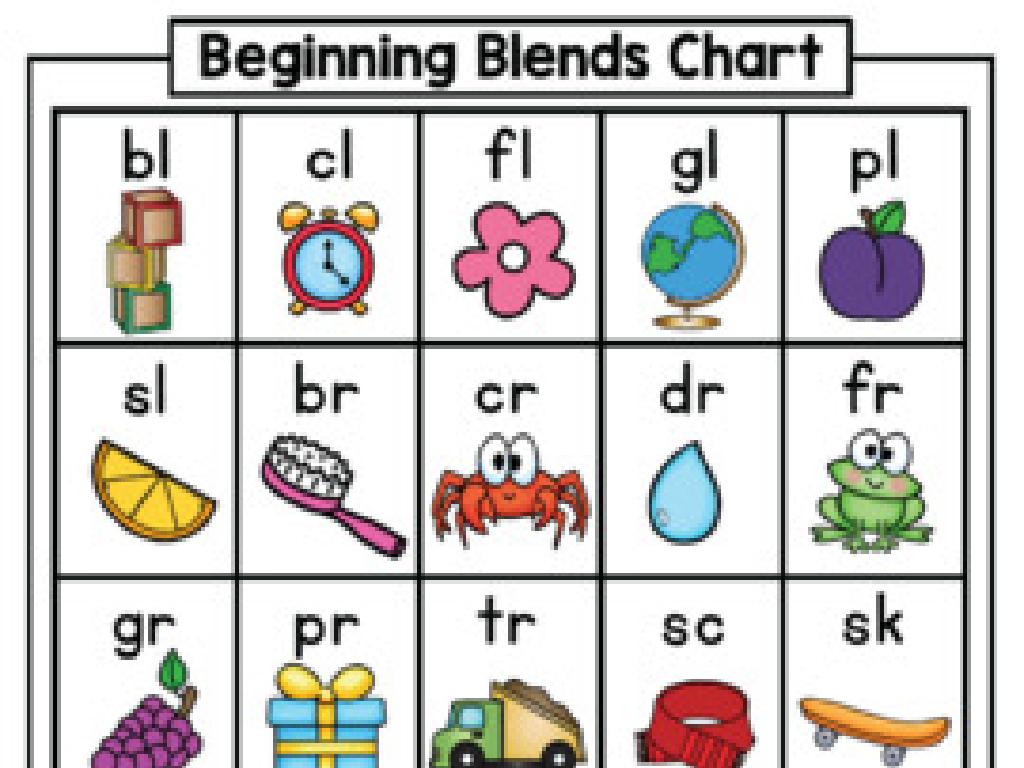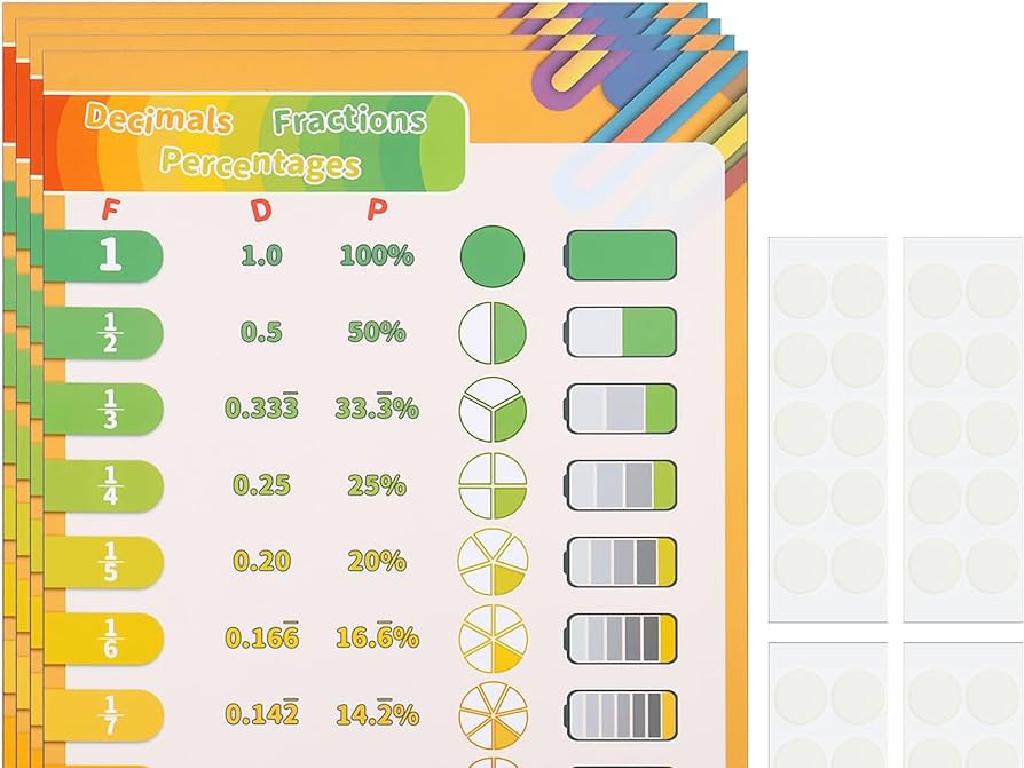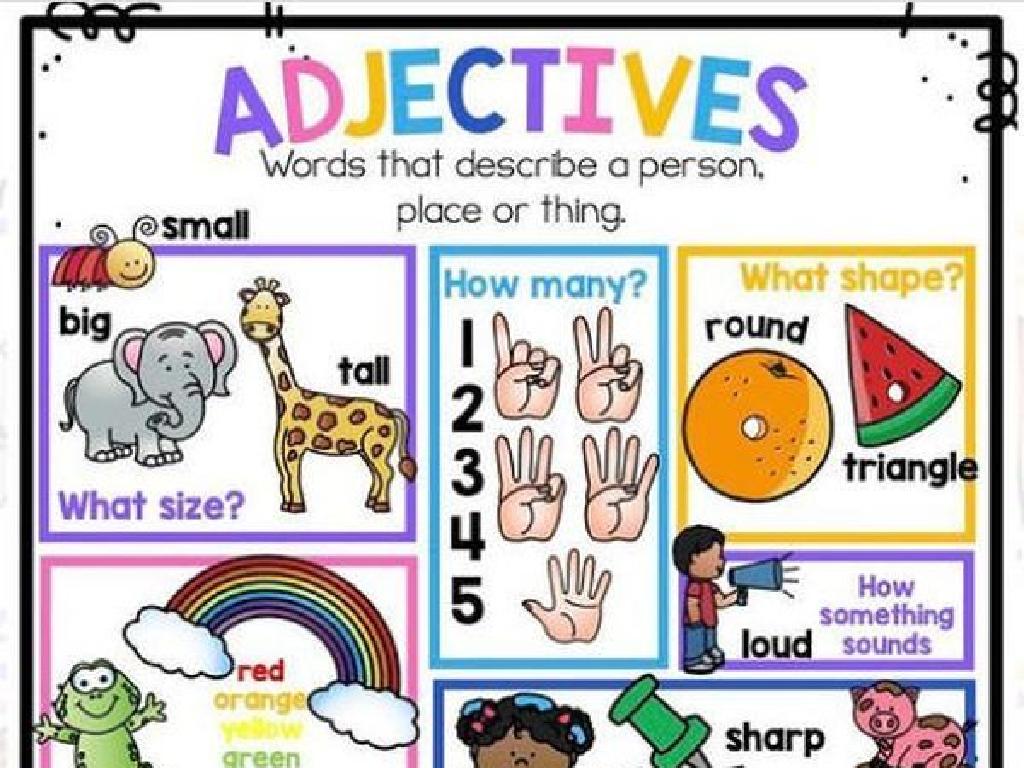Translations: Find The Coordinates
Subject: Math
Grade: Eighth grade
Topic: Transformations And Congruence
Please LOG IN to download the presentation. Access is available to registered users only.
View More Content
Translations: Finding the New Coordinates
– What are transformations?
Transformations move or change shapes while preserving certain properties.
– Congruence and transformations
Congruent shapes are identical in form and size, even after a transformation.
– Translations: Sliding shapes on a grid
Translations slide a shape in a straight line without rotating or flipping it.
– Calculating coordinates after translation
Add or subtract the translation vector to the original coordinates to find the new position.
|
This slide introduces the concept of transformations in geometry, focusing on translations. Begin by explaining that transformations are operations that alter the position of shapes on a coordinate plane. Emphasize that congruence means shapes remain the same size and shape after a transformation. For translations, explain that shapes slide from one position to another without rotating or flipping. The objective is to teach students how to calculate the new coordinates of a shape after it has been translated by adding or subtracting the translation vector from the original coordinates. Provide examples of translations on a coordinate grid and demonstrate how to find the new coordinates. Encourage students to practice with different translation vectors.
Understanding Translations in Geometry
– Translation: sliding shapes
– A translation moves every point of a shape the same distance in the same direction.
– Shapes stay congruent
– Congruent means the shape’s size and form don’t change after the move.
– Orientation remains unchanged
– Even after translation, the shape doesn’t turn or flip; it keeps its original facing.
– Chess piece: real-life example
– Think of how a rook moves in straight lines without turning.
|
This slide introduces the concept of translation in geometry, which is a type of transformation that shifts a shape in a straight line without rotating it. Emphasize that during a translation, the shape remains exactly the same in size and shape (congruent) and maintains its orientation (doesn’t turn or flip). Use the example of moving a chess piece, like a rook, which moves in straight lines without changing direction, to illustrate a real-life application of translation. Encourage students to visualize other examples of translations they might encounter in everyday life.
Coordinates and Translations
– Every point has coordinates (x, y)
– Translation: same distance, same direction
– Translating point (x, y) by (a, b)
– If point (3, 4) moves by (2, 3), it lands on (5, 7)
– New coordinates become (x+a, y+b)
– Practice by moving (1, 2) by (3, -1) to get (4, 1)
|
This slide introduces the concept of translations in the coordinate plane. Start by explaining that every point on a shape can be represented by coordinates (x, y). Emphasize that a translation moves every point of a shape the same exact distance in the same direction, which maintains the shape’s orientation and size. Illustrate how to perform a translation by adding the translation vector (a, b) to the original coordinates (x, y) to find the new position (x+a, y+b). Provide examples and encourage students to visualize the movement on a graph. For practice, ask students to translate given points and verify their new positions.
Visualizing Translations on the Coordinate Plane
– Original square coordinates
– (1,2), (1,3), (2,2), (2,3)
– Translate 3 right, 2 up
– Move each point: add 3 to x, add 2 to y
– New square coordinates
– (4,4), (4,5), (5,4), (5,5)
– Square’s properties remain
– Size and shape stay the same
|
This slide aims to help students visualize how translation works in a coordinate plane. Starting with a square’s vertices at (1,2), (1,3), (2,2), and (2,3), we demonstrate a translation of 3 units to the right (x+3) and 2 units up (y+2). The new coordinates are (4,4), (4,5), (5,4), and (5,5). It’s crucial to emphasize that translation is a rigid motion where the figure’s size and orientation remain unchanged. Encourage students to practice with different shapes and translations to solidify their understanding of this concept.
Let’s Practice Translations Together!
– Translate triangle by vector
– Example 1: A(2,3), B(4,5), C(3,6) move by (3,-2)
– Translate rectangle by vector
– Example 2: P(-2,1), Q(-2,3), R(-4,3), S(-4,1) move by (-3,4)
– Work through examples as a class
– Understand translation effects
– Observe how coordinates change after translation
|
This slide is an interactive class activity focused on understanding translations in the coordinate plane. Start with Example 1 by translating each point of the triangle by the given vector, ensuring students grasp how to add the vector components to the original coordinates. Repeat the process with Example 2 for the rectangle. Encourage students to participate and discuss the results. Emphasize the concept that translation involves sliding the entire shape without rotating or resizing it, and that each point moves the same distance in the same direction. This will solidify their understanding of how translations affect the coordinates of geometric figures.
Group Activity: Exploring Translations
– Pick a shape for translation
– Create a translation vector
A vector like (x+3, y-2) moves the shape right 3, down 2
– Translate shape and find new coordinates
Use the vector to shift all points of the shape
– Share results with the class
|
This group activity is designed to help students apply their knowledge of translations in a collaborative setting. Each group should select a shape, such as a triangle or rectangle, and then decide on a translation vector to apply to that shape. They will then use this vector to translate the shape on a coordinate plane, finding the new coordinates for each vertex of the shape. After completing the translation, groups will present their original shape, the translation vector they chose, and the resulting translated shape with its new coordinates. Encourage students to discuss how the coordinates change and what patterns they notice. Provide guidance on how to apply the vector to each point and ensure each group understands how to calculate the new position. Possible activities could include translating shapes by different vectors, comparing results, and discussing the properties of translations and how they affect congruency.
Class Activity: Coordinate Challenge!
– Receive a grid with shapes
– Translate shapes using vectors
– Use the vector direction and magnitude
– First to finish wins a prize
– Ensure accuracy before submission
– Check each shape’s new coordinates carefully
|
This activity is designed to reinforce the concept of translations in a fun and competitive way. Divide the class into small groups and provide each with a unique grid that includes multiple shapes. Each group will use the given vectors to translate the shapes to new positions on the grid. The vectors will indicate the direction and distance each shape should be moved. The first group to correctly translate all their shapes wins a small prize. Emphasize the importance of accuracy over speed to ensure students are practicing the correct method. After the activity, review the correct translations as a class and discuss any common mistakes that were made. This will help solidify the students’ understanding of translations and coordinate systems.
Translations & Coordinates: Summary and Homework
– Recap translations and coordinates
– Homework: translation worksheet
Complete the provided worksheet to practice translating shapes on the coordinate plane.
– Upcoming quiz on transformations
Study the types of transformations, including translations, for the next class quiz.
– Review today’s lesson for quiz
Revisit the concepts and examples discussed today to prepare for the quiz.
|
This slide aims to summarize the key points from today’s lesson on translations and coordinates. Ensure students understand how to find the coordinates of a translated shape by applying the translation rules. Assign the worksheet as homework for additional practice, which will reinforce their understanding of the topic. Inform the students about the upcoming quiz on transformations to encourage them to review not just translations, but also rotations, reflections, and dilations. Provide guidance on how to study for the quiz, suggesting they revisit their notes, homework, and today’s lesson. Offer to answer any questions in the next class before the quiz to ensure they feel prepared.

